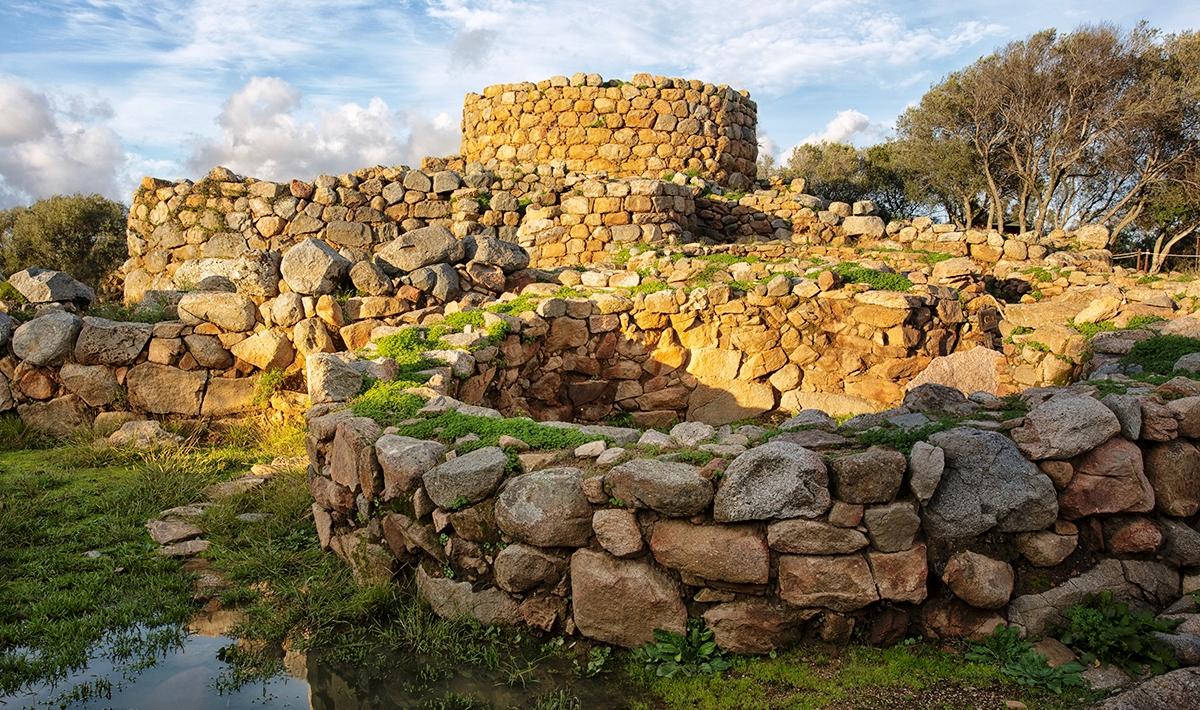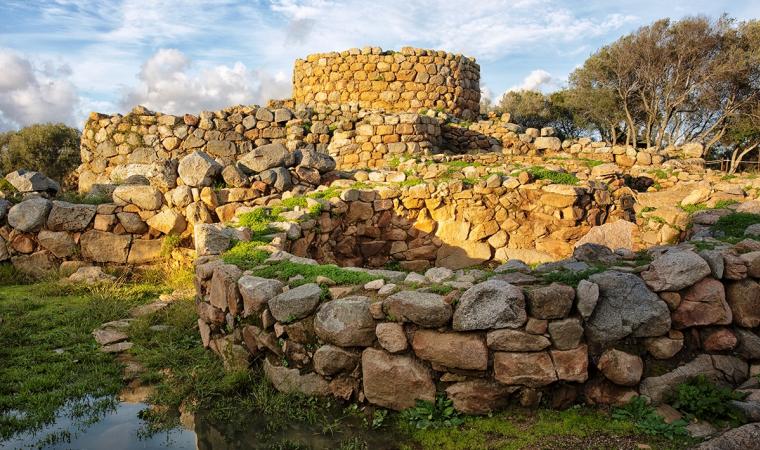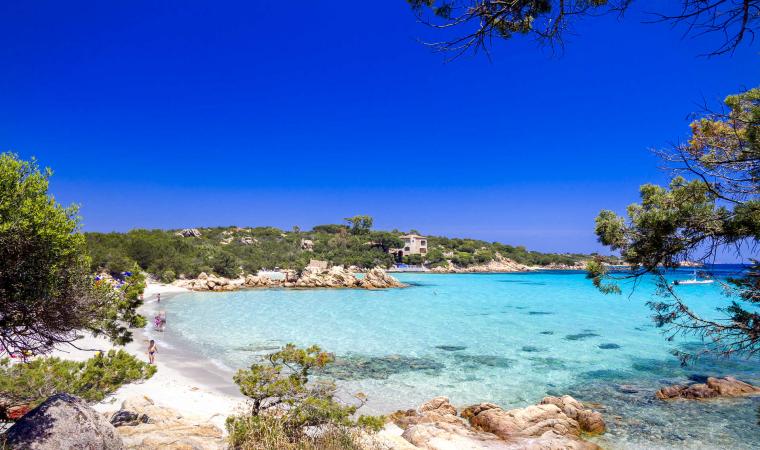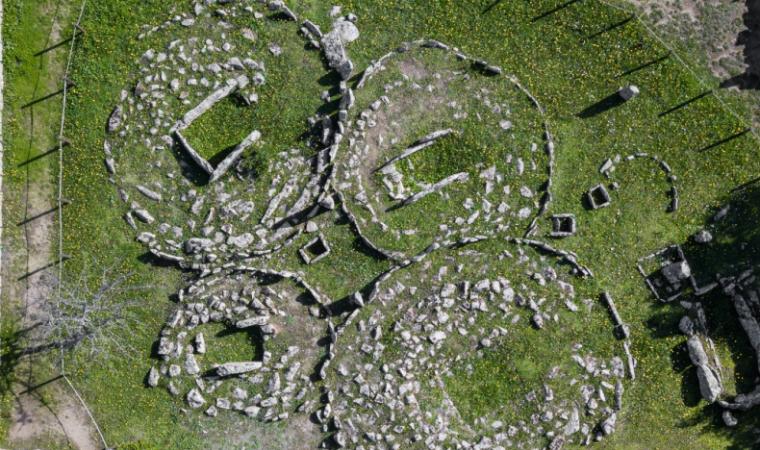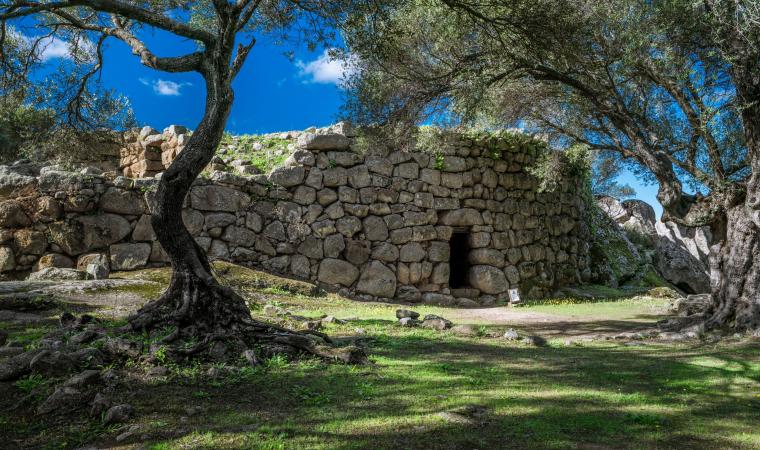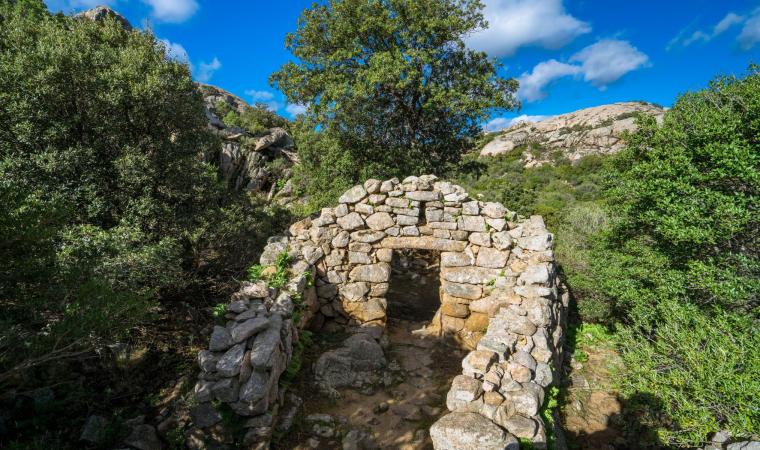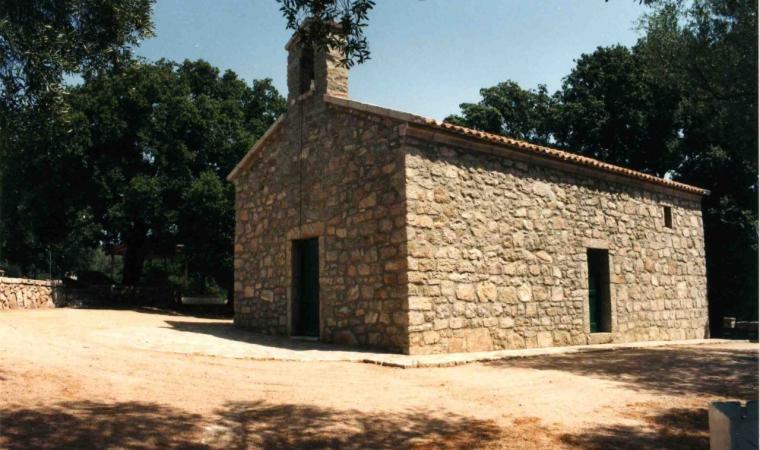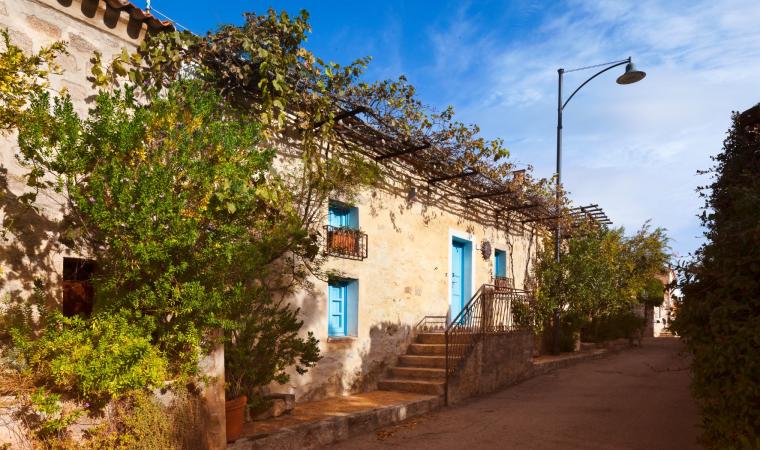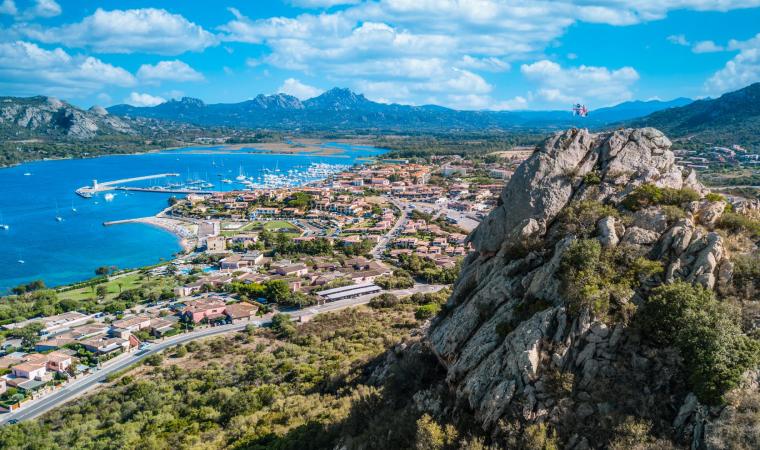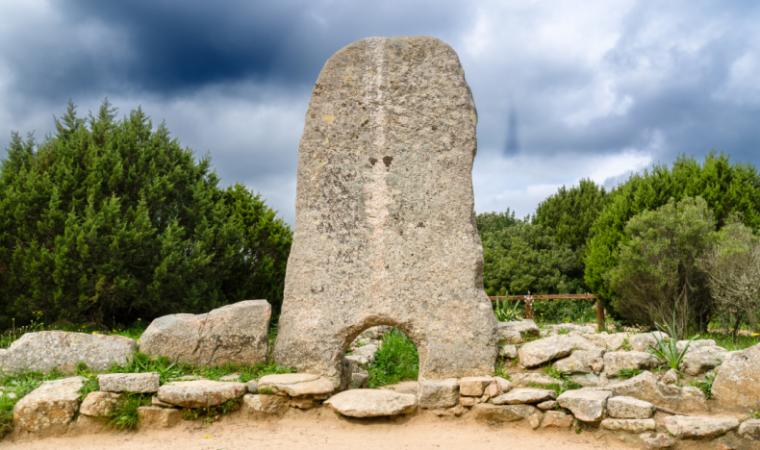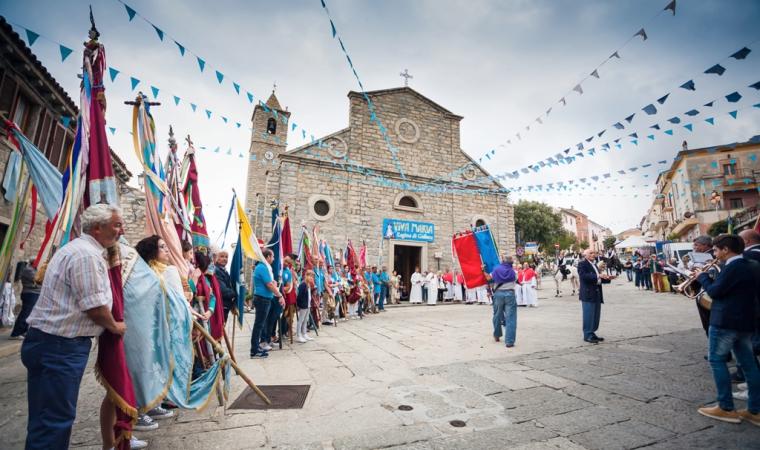A journey into a distant past, amidst ingenuity and splendour, to discover a majestic monument surrounded by Mediterranean greenery. The 'stone giant' La Prisgiona gradually rewrites the Nuragic age, unravelling the mysteries surrounding it. Its size, architecture and position suggest the important role of the site, a one-off in Gallura and one of the most fascinating on the island. It was a reference point for a vast territory, a sort of metropolis in those days, consisting of a fortress, a huge village and a funerary monument. The life of the complex, built on a pre-existing 'corridor' structure, spans a long period of time (14th-8th century BC), followed by a brief period of occupation at the end of the Roman period (4th-5th century AD).
La Prisgiona is the archaeological pearl of Arzachena, perched on a granite hill overlooking the Capichera valley, ten minutes from the town and a few kilometres from the beaches of the Costa Smeralda (‘Emerald Coast’) and the glamorous Porto Cervo. A spectacular panorama of hills 'embroidered' with vermentino vineyards forms the backdrop to the nuraghe, which consists of a central tower (keep) and two lateral towers linked by a curved bastion.
At the base, you will see roughly hewn and irregularly arranged blocks, while the ashlars become more worked and the rows neater as you go up. Its majesty is epitomised by the entrance architrave, which is three metres long and weighs seven tonnes. The hallway leads to the right to a niche, to the left to the staircase to the first floor and in the centre to a circular chamber, almost seven metres high, with three niches and topped with a tholos (false dome).
A mighty curtain wall surrounds the central tower and incorporates the two side towers. In turn, it is protected by a bulwark, erected at a later stage. The two walls delimit a large courtyard. In the centre stands a well, which provided water for the complex. At seven meters deep, it is still in working order! Next door, in the Late Bronze Age, a 'meeting hut' was built, equipped with a ring bench on which the most influential people in the community sat. In addition to the bowls, water jug and oil lamp, a half-metre high jug of unusual shape and unusual decoration was found, probably used for distilling and dispensing a special drink for participants in political gatherings and religious rituals. Numerous valuable pottery artefacts were found in the well, depicting pictures of everyday life: cooking pots, pans, ollae, cups and spinning tools. The jugs used in the meeting hut also contained wine, confirming that viticulture existed in Sardinia over three thousand years ago.
You will continue your visit outside the wall, along the paved paths that separate the almost one hundred huts of the village, distributed in small blocks and mostly still to be discovered. The considerable size of the village (five hectares) and the architectural variations suggest that it grew and changed several times. Excavations and artefacts 'tell' us that it was inhabited by a leading community in the area, organised and dynamic, which forged links with neighbouring villages and traded goods produced on a large scale with other Mediterranean peoples. Recent investigations have revealed that production activities were specialised: some huts were used for processing and preserving food (bread and grains), others for craft work. One block turned out to be a pottery workshop with a kiln, pantry and traces of a potter's work. After visiting the village, you will walk one kilometre along the 'path of the giants' to the tomb of Coddu Vecchju, a burial site from the Ancient Bronze Age (19th-17th BC). In the middle of the exedra of granite slabs stands a four-metre-high centred stele, decorated with a cornice.
In this landscape, travelling between the sites of the Arzachenese archaeological park, you will be impressed by how the north-westerly wind has moulded the granite rocks into unique shapes.

